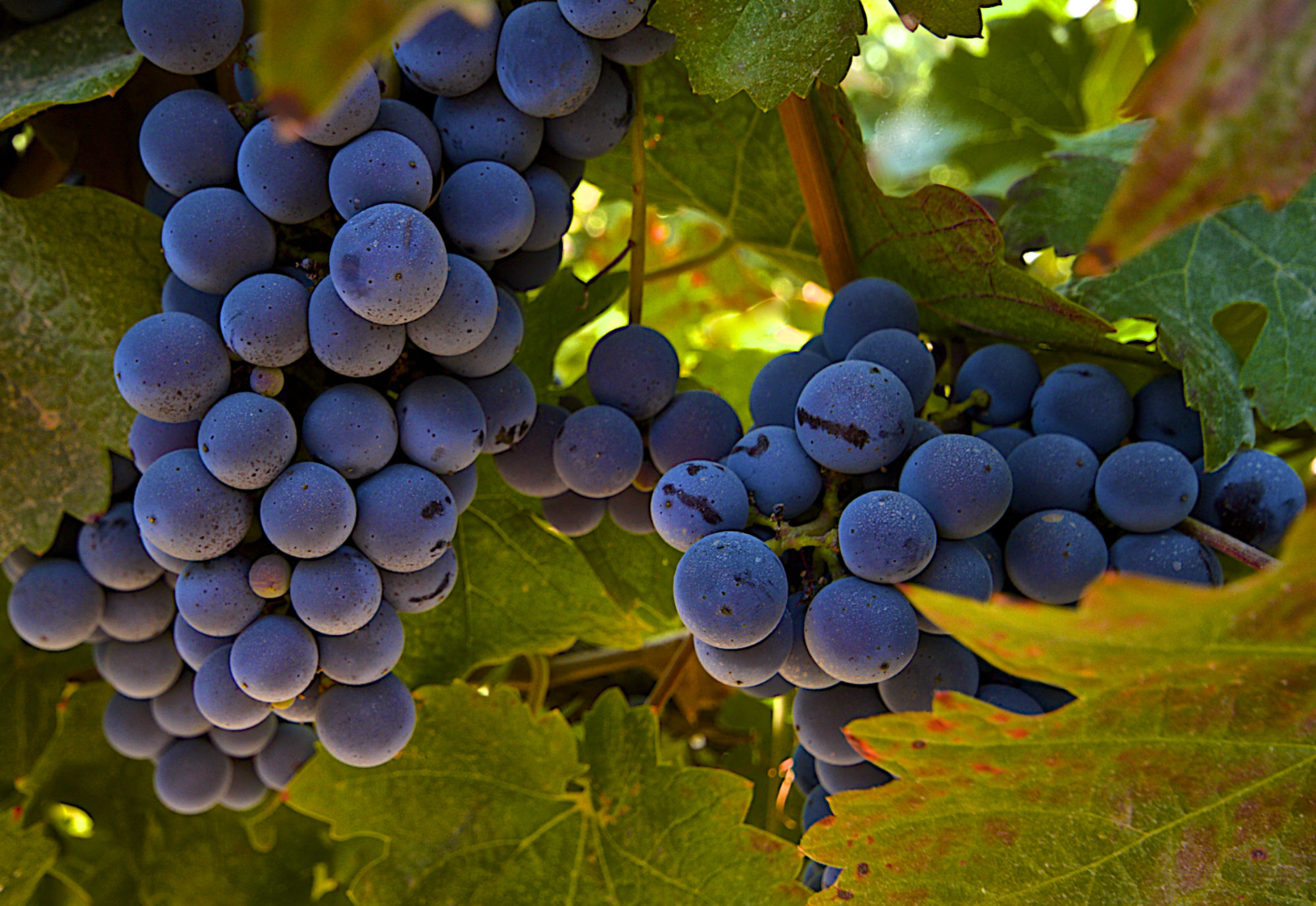Old World countries include, France, Italy, Germany, Portugal, Spain, and Greece. The New World covers basically everywhere else including the United States, Australia, New Zealand, and various South American countries that are relatively new to winemaking. Israel, interestingly enough, is ambiguous. While there is strong evidence of ancient wine making in Israel, no commercial wine had been made there for many centuries prior to the Carmel Winery’s establishment in the late 19th Century. So in a way Israel is very old world, but for all intents and purposes exhibits almost all of the qualities of a New World district.
Old World is not only a territorial distinction but it also refers to a certain style of winemaking, and various rules and regulations that various growing regions within the Old World adhere to, which in turn influence style. Throughout the Old World various well-defined geographic growing regions exist such as Bordeaux and Champagne. These regions often carry strict viticultural and oenological rules which determine among other things, how densely grape vines may be planted, the yield per hectare, and what grapes can go into what wine. Additionally, there are strong regional traditions that often influence wine style as well. In general Old World wines tend to be less fruity, more acidic, and more tannic. This is not true across 100% of wines, but in general it does hold true. Also this does not speak to quality; some wines in the Old World may exhibit all those characteristics and be bad wine.
The New World is a whole other ballgame. There are generally little to no rules with regards to anything in the winemaking process. Varying grape varietals can grow side by side, and be mixed in blends that no winemaker in the Old World would even imagine. For example, a typical Israeli blend is Cabernet, Merlot, and Syrah. In France, where these grapes originated, the regions responsible for Cabernet and Merlot vs. Syrah are completely distinct and there is little to no mixing of those grapes in a single wine in any meaningful way. Additionally, New World wines are often from a warmer climate and therefore exhibit juicier fruit, and riper notes, with less tannin and acid. This is not always true, but the term “New World” does connote these characteristics.
It’s for these stylistic reasons that I view Israel to be a New World producer. While some wines from Israel do exhibit Old World style, they are for the most part in the New World style and they certainly do not adhere to any regional rules or norms that regulate grape varietals or wine style at all.
The two enjoyable wines that I review below are both firmly in the New World camp, but are both fairly high quality, and represent good value in their categories.
Jerusalem Vineyards Shiraz 3400 2013 $17.99-$19.99


Shiraz wine is made from the Syrah grape which originated in the South of France. Shiraz is the Australian name for Syrah and has been adopted by winemakers from across the world to connote a Syrah wine made in the “New World” style, i.e. fruitier and bolder.
This wine has a nose of ripe black fruits, dusty cedar wood, vanilla, chocolate, and some reserved tropical aromas also. The mouth is round and supple with fully integrated tannins. Very smooth drinking, and almost no alcoholic “heat” at all, which is rare for an Israeli red. The mouth has a firm red fruit profile, with raspberries, and strawberries as well as some toasted oak, vanilla and almonds. The wine as a very long finish, with a touch of freshly cracked black pepper spice. As the wine opens up, some deep roasted meat aromas and oddly enough, some popcorn notes emerge as well.
For the price, this wine is complex, well made, and smooth drinking. This would go great with any red meat dish or any kind of tomato based pasta dish. Wonderful Value.
My Overall Score: A-
My Value Score: A
Nadiv Reishit 2014 $24

This wine took a very long time to open up. I was shocked by how long it took, actually. I would open this bottle of wine 3 to 4 hours prior to enjoying. This is a typical Israeli blend of 65% Cabernet Sauvignon, 25% Merlot and 10% Syrah. The wine opens with a very earthy nose, full of freshly turned earth, cigar box, toasted oak, and very little fruit to speak of. In the background there were some notes of ripe plum and blackberry. Initially, the wine did not show a terribly complex mouth, but as it opened up that changed. The mouth had notes of cedar wood, crushed Mediterranean herbs, and some blue fruits. The finish on this wine was a bit sweet for me, but not to the point where it was not enjoyable. This wine should be retested in 6 months for a more clear tasting note, although I can tell it has the elements to be a very good wine. At this stage it would pair well with grilled red and game meats.
Tentative Scores:
Overall Score: B+
Value Score: A-/B+

Great blog post! Loved the explanation of Old World vs. New World. Very informative!
Great explanation on Old vs. New World!
How long before would you normally open a red to breathe?
Really depends on the bottle. I always taste the wine right out of the bottle and see how “expressive” the flavor is and then decide. If its really closed and has little flavor, i will let it sit longer, if not then shorter. White wine and rose i pop and pour mostly.